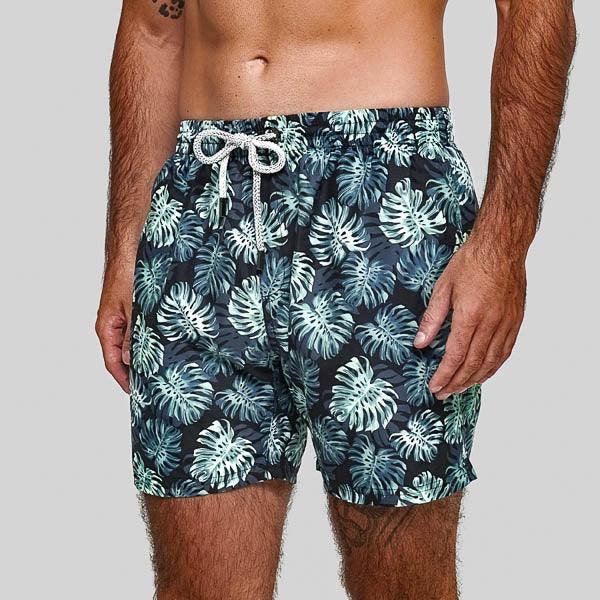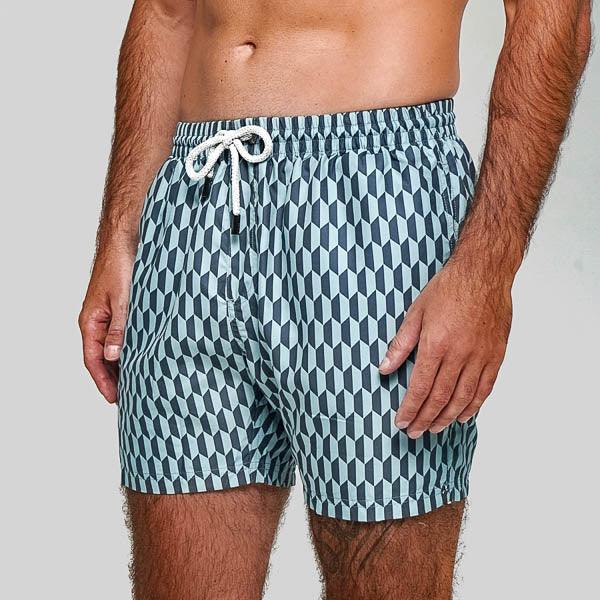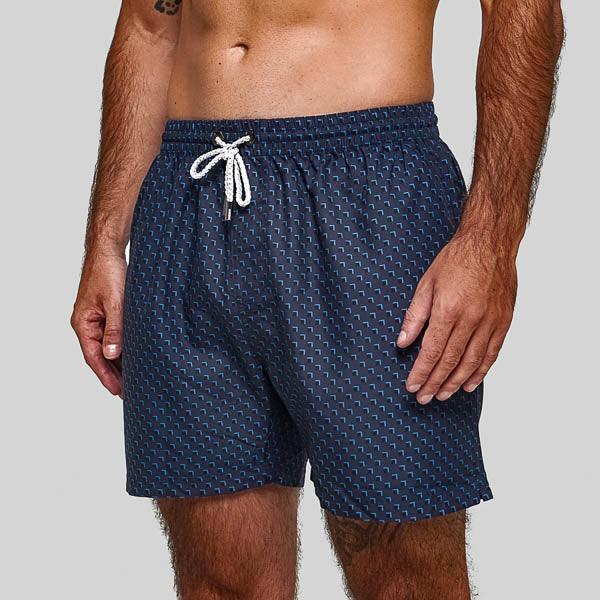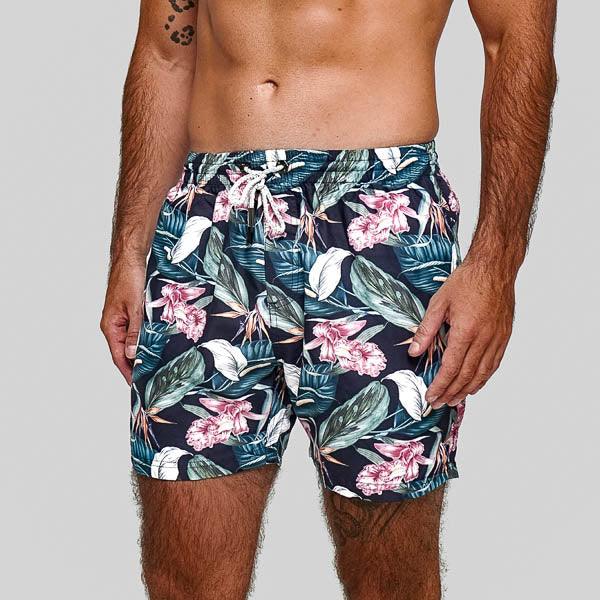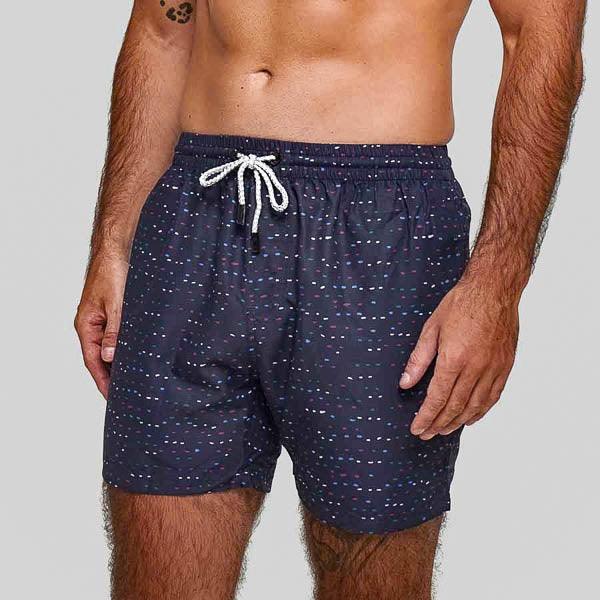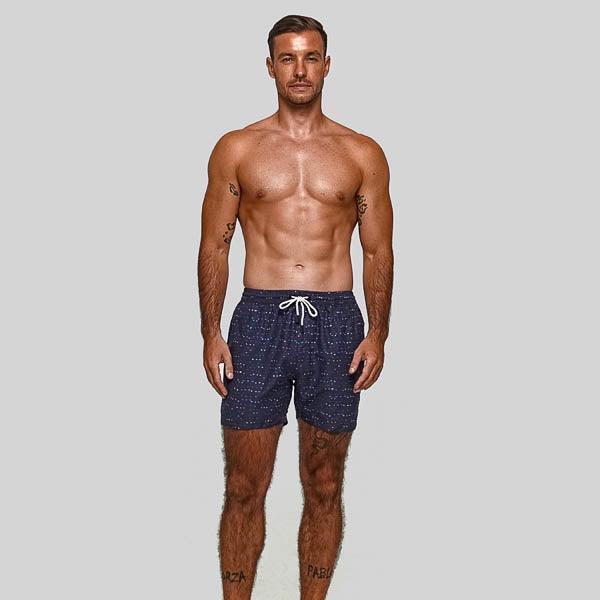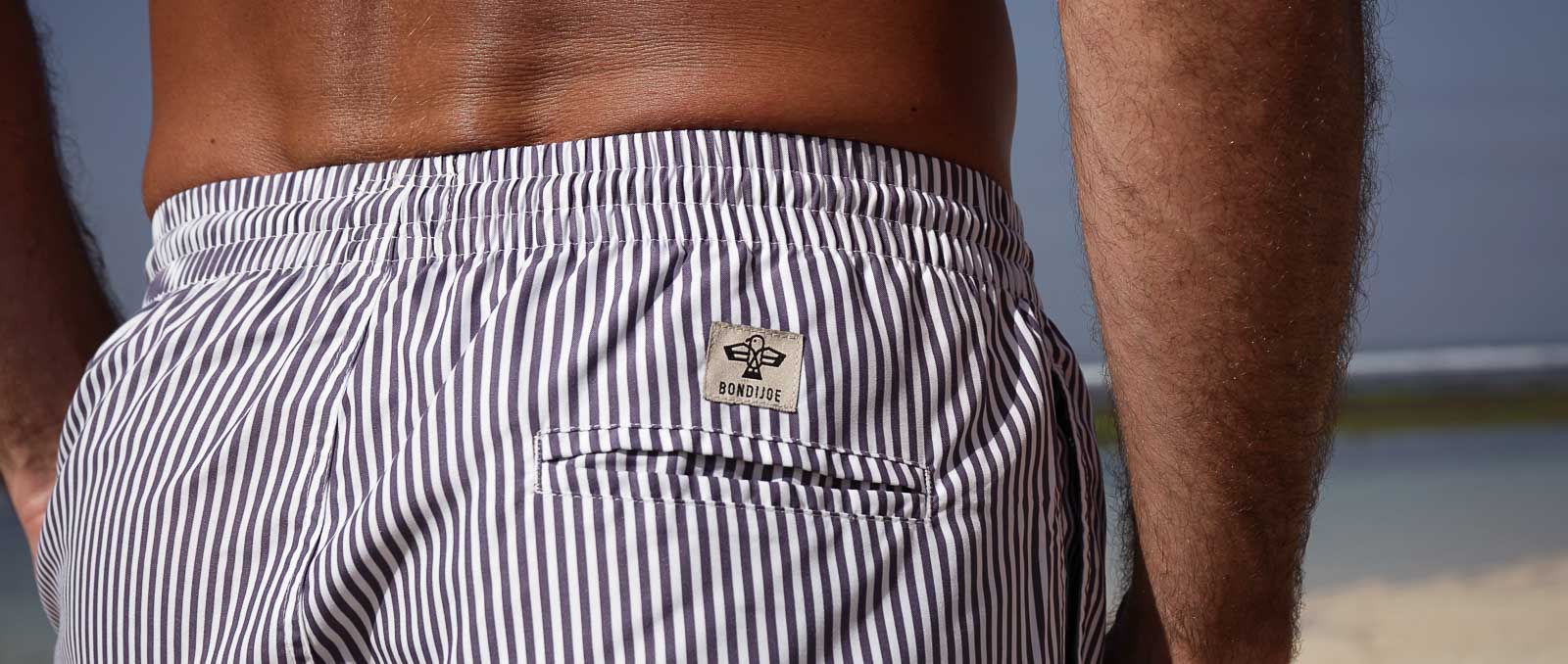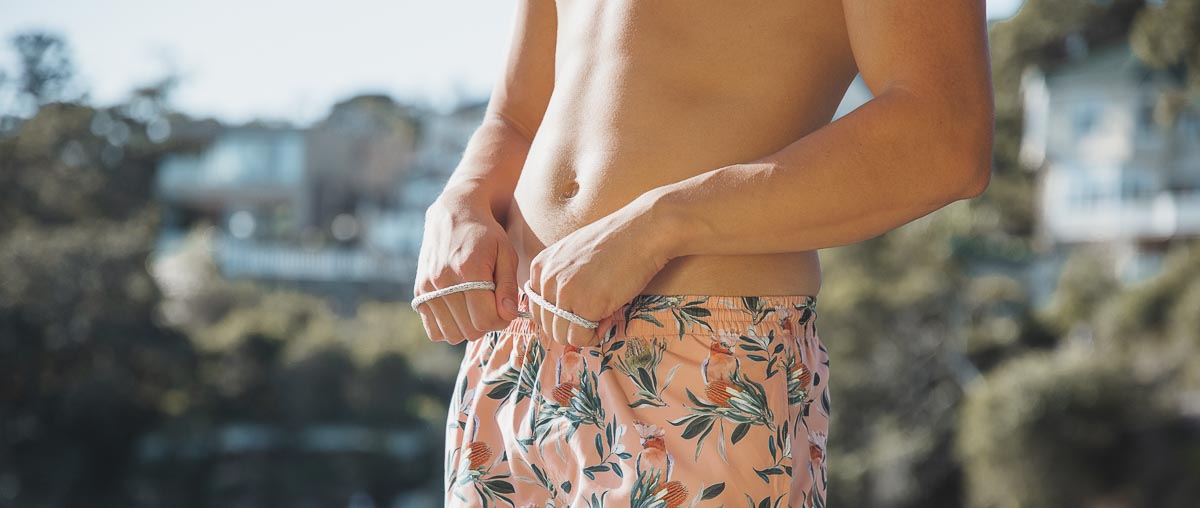Caring for your swimwear properly extends its life and keeps it looking great. Proper drying techniques are essential to avoid damage, maintain elasticity, and preserve the vibrant colors of your favorite mens swim trunks. This guide covers the best practices for drying men’s swimwear, ensuring your gear remains in top condition for many seasons.
The Importance of Proper Drying Techniques
Preserving Material Integrity
Swimwear materials, such as spandex, nylon, and polyester, can be sensitive to heat and rough handling. Proper drying helps maintain the fabric’s elasticity and prevents degradation over time.
Maintaining Color Vibrancy
Exposure to harsh drying conditions can lead to fading. Correct drying methods help retain the vibrant colors and patterns, keeping your swimwear looking fresh and stylish.
Avoiding Elastic Degradation
The elastic fibers in swimwear are prone to wear and tear when exposed to high heat. Proper drying techniques protect these fibers, ensuring your swimwear maintains its fit and comfort.
Proper Swimwear Drying Techniques
Rinse Immediately After Use
Before drying, rinse your swimwear in cold water. This step helps remove salt, chlorine, and any sunscreen residue that can degrade the fabric. A quick rinse prevents these elements from setting into the material, which can cause damage over time.
Gently Squeeze Out Excess Water
After rinsing, gently squeeze out excess water without wringing or twisting the fabric. Twisting can stretch and damage the fibers, leading to loss of shape and elasticity. Instead, gently press the fabric between your hands or against a towel.
Use a Clean, Dry Towel
Lay your swimwear flat on a clean, dry towel. Roll the towel with the swimwear inside, applying gentle pressure to absorb additional moisture. This technique helps remove water without stretching or distorting the fabric.
Air Dry in a Shaded Area
Always air dry your swimwear in a shaded, well-ventilated area. Direct sunlight can cause fading and weaken the fabric over time. Hanging your swimwear in a shaded area helps prevent UV damage while allowing it to dry naturally.
Avoid Heat Sources
Never use a dryer, radiator, or other heat sources to dry swimwear. High temperatures can damage the fabric, causing it to lose elasticity and shape. Instead, hang your swimwear on a drying rack or lay it flat on a clean surface.
Additional Tips for Proper Care
Rotate Your Swimwear
If you swim frequently, consider rotating between multiple pairs of swimwear. This practice allows each pair to fully dry and recover its shape, extending the life of your swimwear collection.
Avoid Fabric Softeners
Fabric softeners can leave residues that degrade swimwear fibers. Stick to mild detergents when washing your swimwear and rinse thoroughly to remove any soap residue.
Handle with Care
Handle your swimwear gently, especially when wet. Wet fabrics are more susceptible to damage, so avoid pulling or stretching when removing or putting on your swimwear.
Store Properly
Once dry, store your swimwear in a cool, dry place. Avoid folding it tightly or placing heavy objects on top, which can cause creases and damage the fabric over time.
Conclusion
Proper drying techniques are crucial for maintaining the integrity and appearance of your men’s swimwear. By following these simple steps—rinsing after use, gently squeezing out water, air drying in the shade, and avoiding heat—you can extend the life of your swimwear and keep it looking vibrant and fresh. With a little care and attention, your favorite swim trunks will remain a staple in your summer wardrobe for years to come. Be sure to also checkout our other guides to mens swimwear care and maintenance.
FAQs
1. Why should I rinse my swimwear after use?
- Rinsing removes chlorine, salt, and sunscreen residue, preventing damage to the fabric and prolonging the life of your swimwear.
2. Can I wring out my swimwear to remove water?
- No, wringing can stretch and damage the fibers. Instead, gently squeeze out excess water or press the fabric between towels.
3. Is it okay to dry swimwear in direct sunlight?
- It's best to avoid direct sunlight, as UV rays can cause fading and weaken the fabric. Opt for a shaded, well-ventilated area instead.
4. Why shouldn’t I use a dryer for swimwear?
- High heat can damage the elastic fibers and fabric, leading to loss of shape and elasticity. Always air dry your swimwear.
5. What should I do if my swimwear fades?
- To minimize fading, always rinse after use and air dry in the shade. If fading occurs, consider eco-friendly fabric dyes to restore color.
6. How should I store my swimwear?
- Store your swimwear in a cool, dry place, avoiding tight folds and heavy objects. This helps maintain the fabric’s integrity and appearance.



